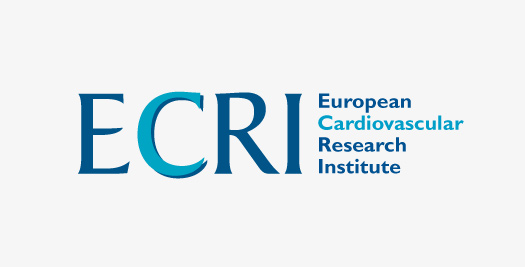Electrocardiography
(Track record and methodological references: Core Lab Publications)
Electrocardiography (ECG) is a widely used diagnostic tool for assessing cardiac arrhythmias, acute and old cardiac ischemia, and for instance left ventricular hypertrophy. Further analysis enables differentiation between physiologic and pathologic bradycardia and tachycardia, as well as changes in conduction times (QT time or bundle branch block). As such, ECG continues to play an important role in many clinical trials.
Since 1983, Cardialysis has built experience in ECG analysis having started as a Holter analysis unit spin off from the Erasmus Medical Center. To date, the ECG Core Lab has been involved in over 60 studies with more than 250,000 ECGs analyzed and collaborated with various ECG monitoring device vendors.
ECG Analysis, Advice and Logistics
Cardialysis provides independent ECG data analysis and interpretation for cardiac arrhythmias, heart rate measurement, cardiac ischemia and infarction. Based on our years of experience in electrocardiography, we can provide you with tailor-made advice for consistent, efficient, and comprehensive ECG data collection for the purpose of endpoint adjudication. We can also advise you on how to select the appropriate ECG monitoring strategy, and we can manage all related logistical aspects, delivering a full service, including ECG recorders.
At the ECG Core Lab, interpretation and analysis is performed by well-trained in-house analysts under the supervision of a cardiologist and according to the trial protocol definitions. We have established experience in:
We have established experience in:
ICD-Analysis
We offer the possibility to analyze ICD read-outs from all companies under the supervision of a cardiologist. This offers the possibility to classify arrhythmias as they are stored in ICDs. Given the fact that ICDs are increasingly used to record events, this offers important potential in clinical trials.
Holter Electrocardiography
This non-invasive tool is particularly suitable for detecting and/or monitoring cardiac arrhythmias in (ambulant) patients over time and in particular during the administration of new investigational drugs or pre AF or post AF ablation. In addition, Holter Electrocardiography can be used to measure cardiac rhythm, ST deviation, and QT segment interval analysis and heart rate variability. We can deliver a full-service service, including Holters.
Implantable Loop Recorder
Continuous ECG monitoring for arrhythmia monitoring can also be facilitated by the use of implantable devices. More intensive monitoring is associated with a greater likelihood of detecting both symptomatic and asymptomatic AF.
Resting 12-lead ECG
For safety analysis in cardiology and studies during which adverse cardiotoxic reactions are suspected for a pharmacotherapy under study, 12-lead ECGs are analyzed qualitatively. This analysis consists of arrhythmia diagnosis, heart rate measurement and diagnosis of infarction and ischemia. For efficacy analysis, a more detailed quantitative analysis is performed in which all abnormalities are diagnosed and coded. This analysis includes the measurement of PR, QRS and QT intervals.




